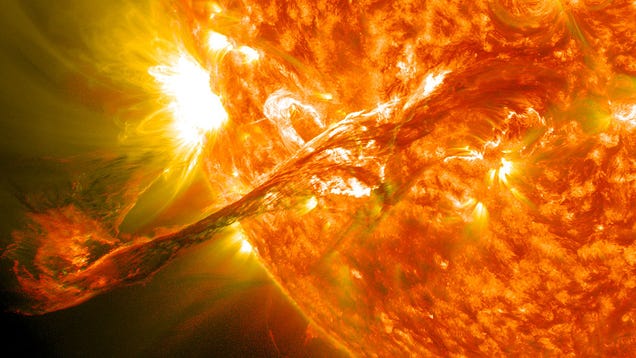
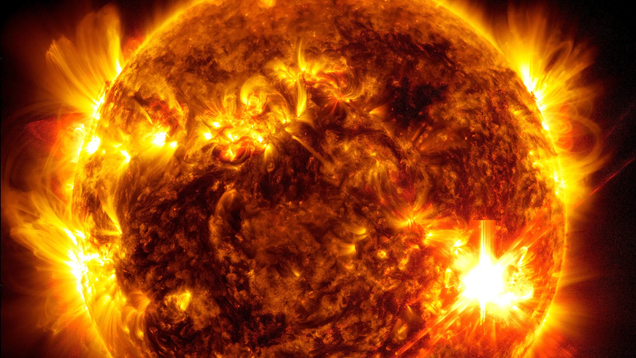
It’s back! After unleashing the strongest geomagnetic storm in more than 20 years, the notorious sunspot cluster AR3664 is once again visible and still spewing copious amounts of radiation into space.
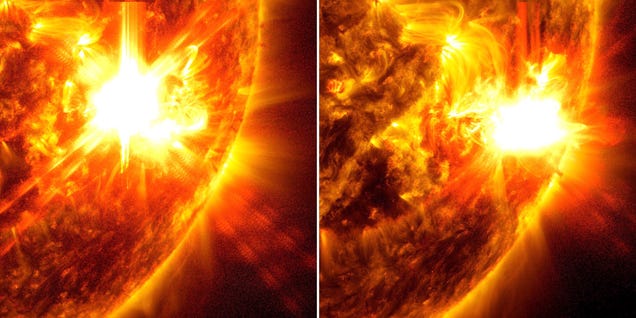
Compasses at the bottom of the ocean wobbled as a massive solar storm hit Earth last week, giving the instruments two miles under the sea a jolt of magnetic shock and awe.
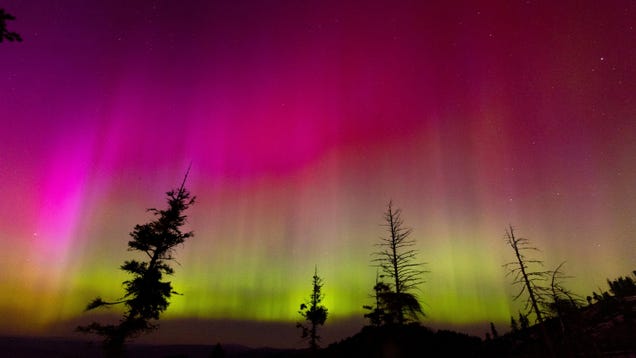
On Friday, Earth was hit by the strongest geomagnetic storm in 20 years. Intense solar activity sent bursts of radiation toward Earth, causing fluctuations in the upper atmosphere that led to disruptions in the power grid and radio blackouts, among other technologies and infrastructure.
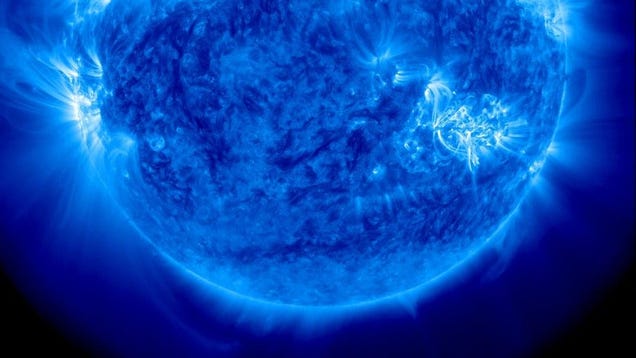
The National Oceanic and Atmospheric Administration’s Space Weather Prediction Center forecasted a “severe solar storm” that’s expected to hit Earth tonight, according to a release.
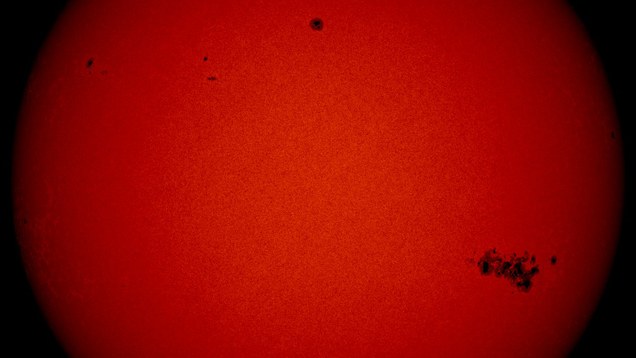
Inclement weather on the Sun’s surface could affect infrastructure on Earth and in space, scientists are predicting, as our host star approaches its solar maximum.
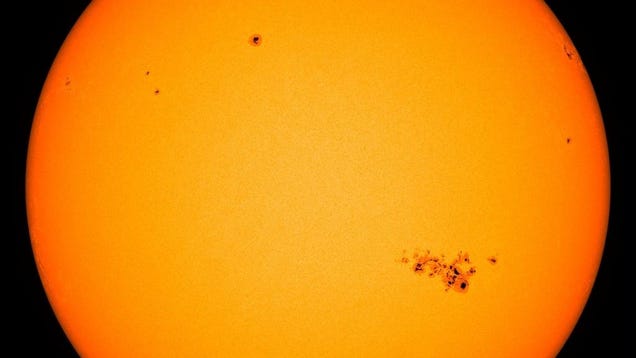
The Sun is a hot mess right now. Solar maximum is fast approaching, and a giant dark spot on the surface of the Sun keeps growing while spewing radiation out to space in the process.
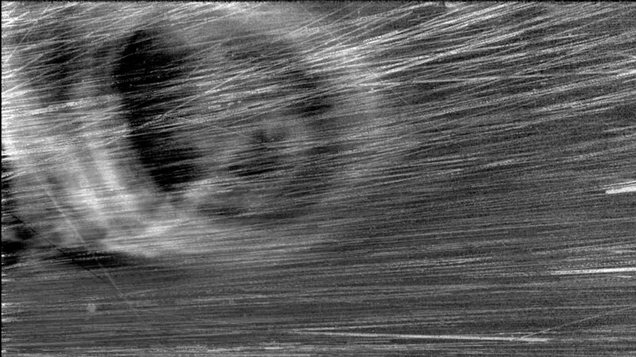
For the past six years, the Parker Solar Probe has been traveling through the inner solar system to become the first spacecraft to “touch” the Sun. With each close approach to the star, the probe gathers more clues as to what triggers the Sun’s mysterious outbursts.


